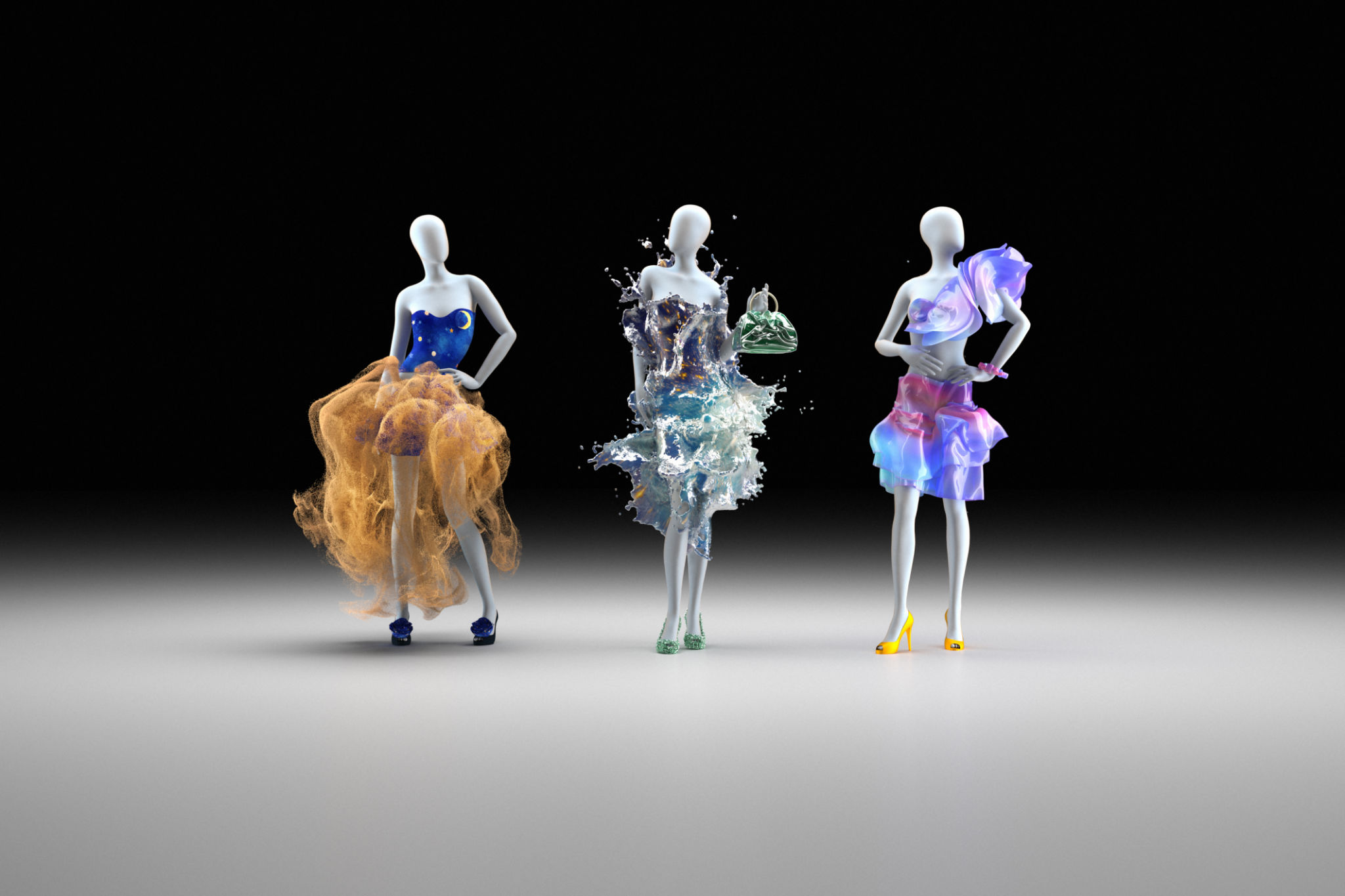Future Trends in Fashion Retail: The Role of Virtual Try-Ons
Introduction to Virtual Try-Ons
In the ever-evolving world of fashion retail, staying ahead of trends is crucial for success. One of the most exciting developments in recent years is the rise of virtual try-ons. This technology has the potential to revolutionize the way consumers shop for clothes, offering a blend of convenience, personalization, and innovation. As we look to the future, virtual try-ons are set to play a significant role in shaping the fashion industry.
The Technology Behind Virtual Try-Ons
Virtual try-ons utilize advanced technology such as augmented reality (AR) and artificial intelligence (AI) to create digital fitting rooms. These tools allow customers to see how clothing items will look on their bodies without physically trying them on. This is achieved through sophisticated algorithms that map the user's body and overlay garments in real-time.

Benefits for Consumers
For consumers, virtual try-ons offer numerous benefits. Firstly, they provide a convenient shopping experience, allowing users to try on multiple outfits from the comfort of their homes. This is particularly advantageous during busy seasons or when visiting a store is not feasible. Additionally, virtual try-ons offer a more personalized shopping experience by recommending styles that suit individual preferences and body types.
Impact on Fashion Retailers
For retailers, virtual try-ons present an opportunity to reduce return rates significantly. Many returns occur because items do not fit as expected; virtual try-ons help mitigate this issue by providing a more accurate representation of how clothes will look when worn. Consequently, this can lead to increased customer satisfaction and loyalty.

Enhancing Online Shopping Experiences
The integration of virtual try-ons into online platforms enhances the overall shopping experience. Retailers can create immersive and interactive websites where customers can experiment with different styles and outfits. This not only increases engagement but also encourages customers to spend more time on the site, potentially boosting sales.
The Road Ahead: Challenges and Opportunities
While virtual try-ons offer numerous advantages, there are also challenges to consider. Ensuring the technology provides an accurate representation of clothing fit and appearance is crucial. Additionally, retailers must address privacy concerns related to the collection and use of personal data. Despite these challenges, the opportunities presented by virtual try-ons are immense.

The Future of Virtual Try-Ons
Looking forward, we can expect continued innovation in virtual try-on technology. As AI and AR technologies advance, the accuracy and realism of these digital experiences will improve. Retailers may also explore partnerships with tech companies to develop proprietary solutions that enhance their customers' shopping journeys.
Conclusion
In conclusion, virtual try-ons are poised to become a cornerstone of fashion retail. They offer a unique blend of convenience, personalization, and efficiency that appeals to both consumers and retailers. As technology continues to evolve, virtual try-ons will undoubtedly play a pivotal role in shaping the future of fashion retail, creating new opportunities for engagement and innovation in the industry.
